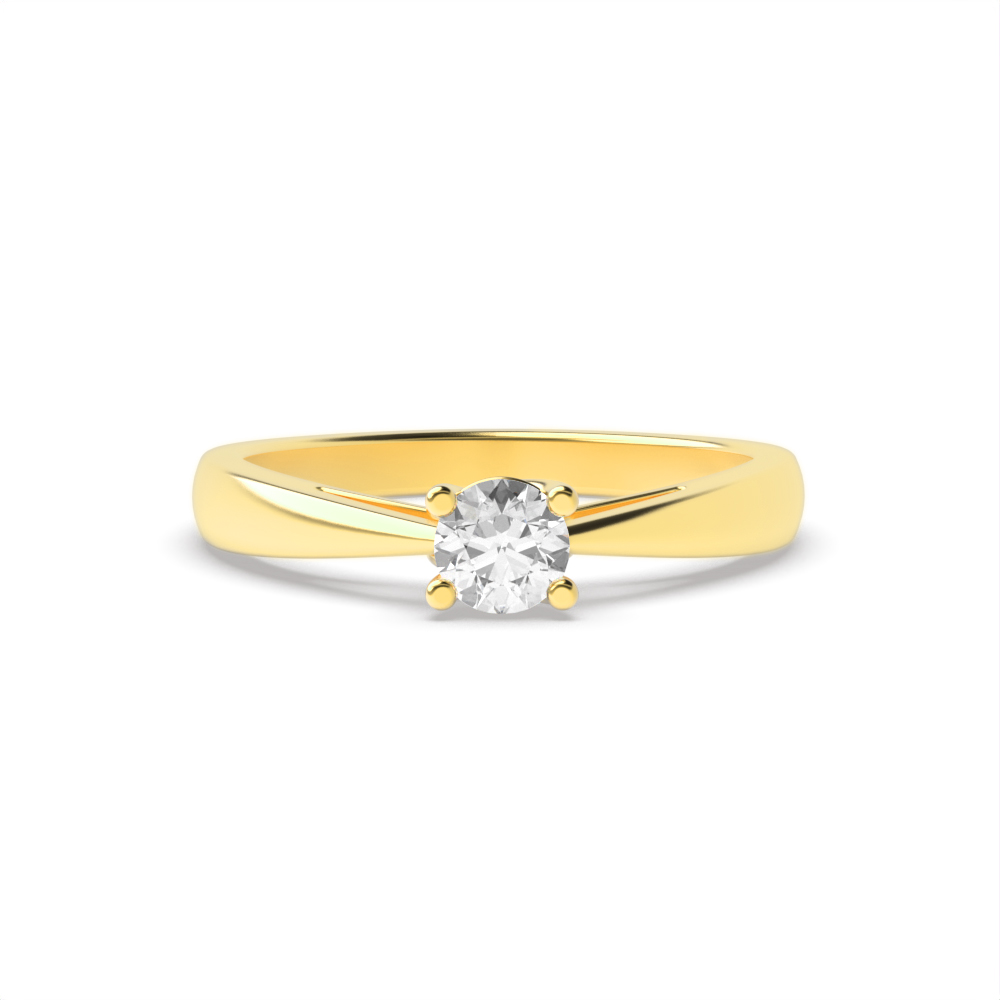Solitaire Diamond Ring
For many people, traditional is always best, especially if it comes to engagement rings. If you are getting ready to propose and want to highlight your love with a traditional ring, the classical solitaire ring is a perfect choice.
This type of ring features only one diamond, meaning that the beauty of it is not distracted by other gemstones. If you're looking for a simple yet elegant engagement ring, opt for our 4-prong diamond ring, which truly highlights the beauty of the diamond. If you love the look of a solitaire diamond ring but are already engaged, why not choose it as a wedding ring? Our pave setting single diamond ring features a beautifully elegant diamond in a silver wedding band for a truly unique way to say 'I love you'. If you prefer classic jewellery but still want something that's more unique, select a platinum solitaire ring instead.
read more...
















































